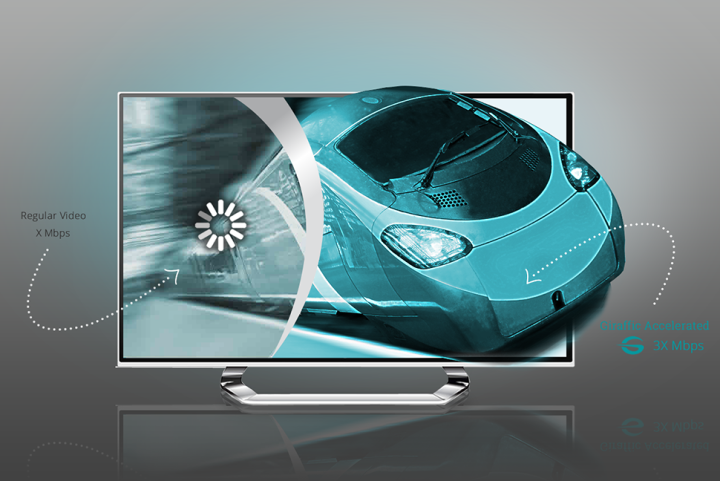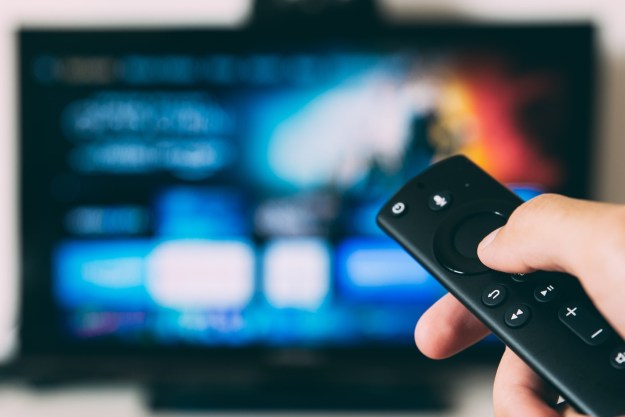
Unfortunately, that’s not how Netflix, Hulu and other streaming video sites have been working. But now there’s a company that has developed a technology, dubbed “Adaptive Video Acceleration,” that promises to make streaming online video as reliable and interruption-free as broadcast TV, even for those with less-than-speedy Internet connections. And if you own a 2014 Samsung smart TV or Blu-ray player, you can benefit from this technology right now.
For roughly the past the year, ISPs and video-streaming services alike have been running around in circles trying to come up with a solution to the ongoing problem of buffering, stuttered video streams, and poor resolution (picture quality), but the fixes have usually been adjustments to the source of the stream, such as Netflix’s distribution and delivery processes. In many cases, the solution has taken the form of simple cash offerings from streaming services hoping to gain access to “fast lanes” that smooth out the video delivery pipeline. But Giraffic‘s AVA technology deals with the buffering quandary in an entirely different way: It changes the way you receive all that video information.
How the software works is difficult to decipher for nearly anyone who isn’t a network engineer — on paper it looks like some serious technological black magic. According to a Giraffic representative, “AVA requests multiple feeds of small fragments of files.”
By this description, it would seem that rather than try to rely on a single stream, AVA pings multiple servers for smaller pieces of a video stream, then stitches them all back together for seamless playback.
To illustrate, let’s say you queued up a movie on Netlfix. When you press play, AVA goes to work pinging not just one Netflix server, but several of them, all for the same video stream. With several streams going, AVA will take bits and pieces of each one dynamically, depending on how reliable and fast those streams are. It then puts all the pieces in order and serves up the video without you, the viewer, knowing anything about all the crazy background work going on.
To do all of this, AVA has to perform several complicated tasks such us real-time bandwidth diagnostics, intelligent utilization and routing of TCP connections, automatic learning of ISP policy, dynamic fragment sizing, and a whole list of highly technical processes. Sounds complicated doesn’t it? It is, and perhaps that’s why we’ve never seen anything quite like it before.
Digital Trends has both a 2014 Samsung smart TV and smart Blu-ray player on hand and will be putting Giraffic’s claims to the test, but if it delivers on its promise, Giraffic’s new software could be a game-changer for smart TV platforms, and will likely find its way into many other manufacturer’s devices. This could take some of the pressure off of Netflix, but with 4K streaming increasing in the coming months and years, something tells us Netflix can’t afford to relax just yet.
Editors' Recommendations
- Best Samsung TV deals: Save on 4K TVs, QLED TVs, OLED TVs, 8K TVs
- Samsung’s new 98-inch DU9000 4K TV is just $4,000. Can it beat TCL and Hisense?
- Samsung QN900D 8K TV first look: fully loaded flagship
- How to make the Super Bowl look amazing on your TV
- A Sonos TV without a remote? No thanks


